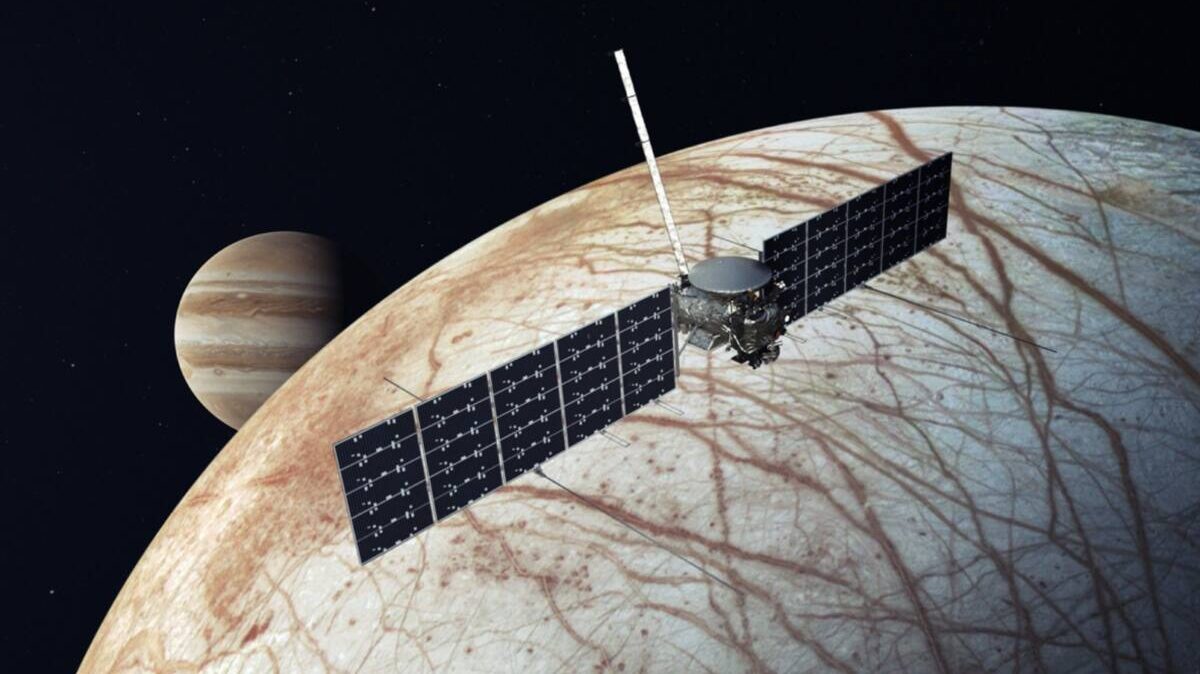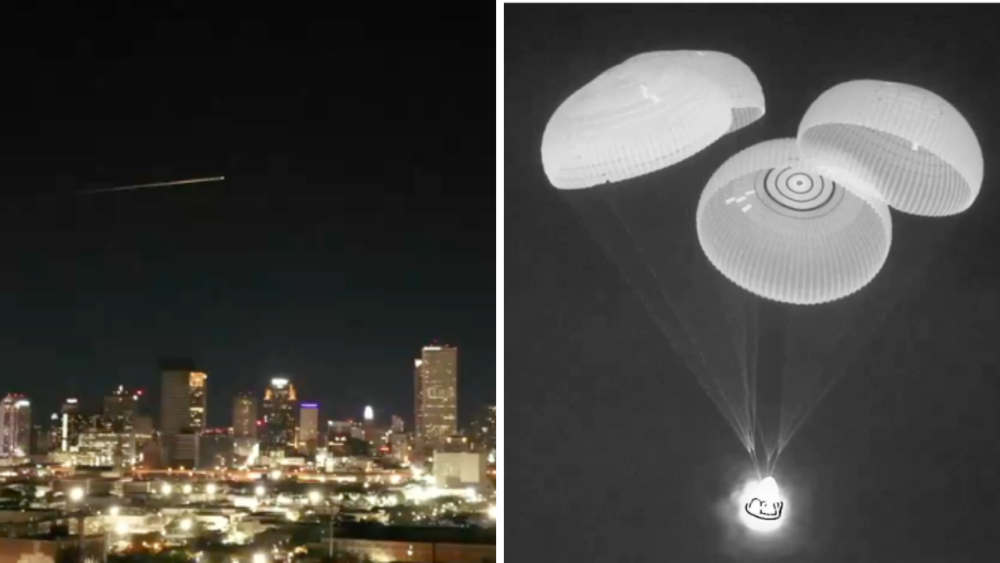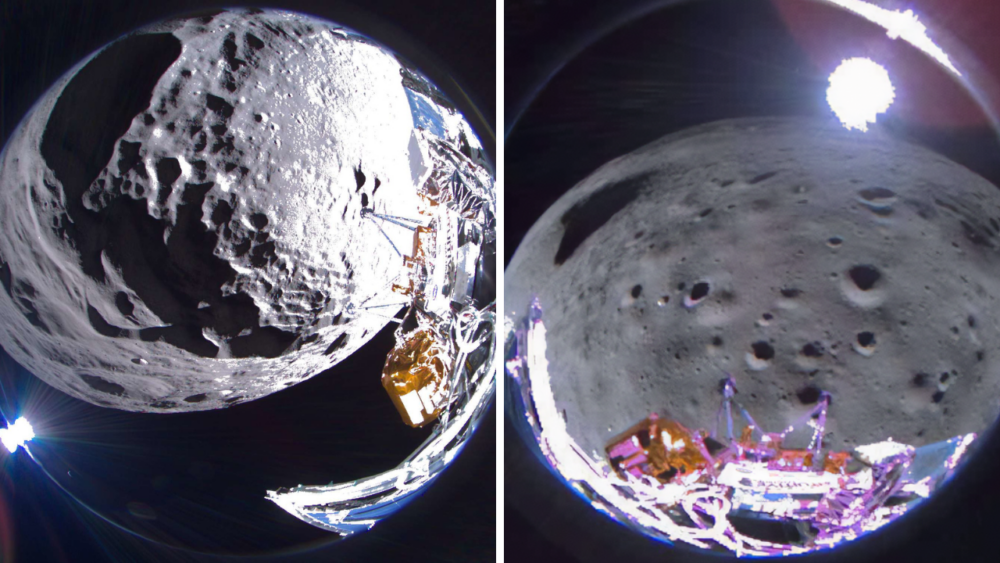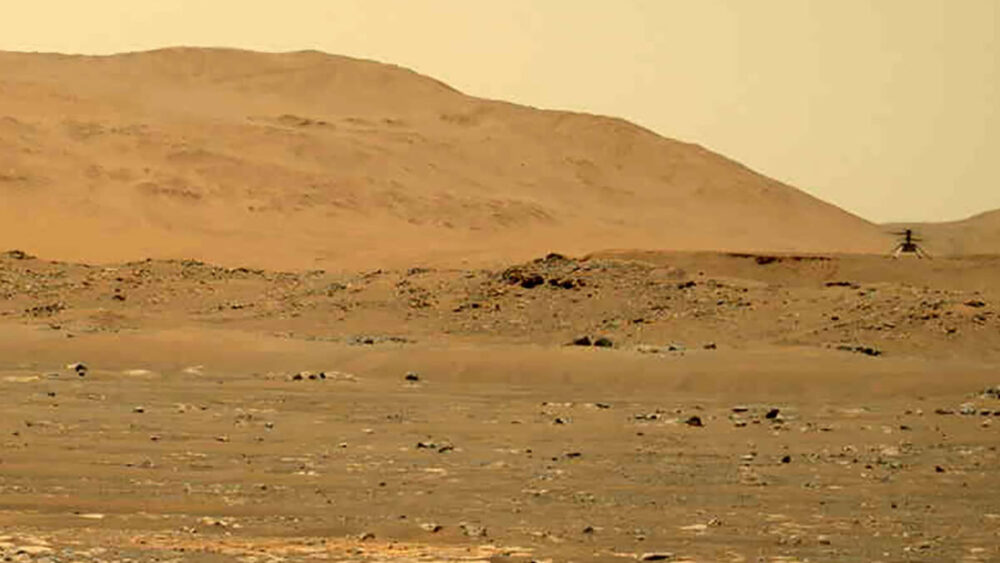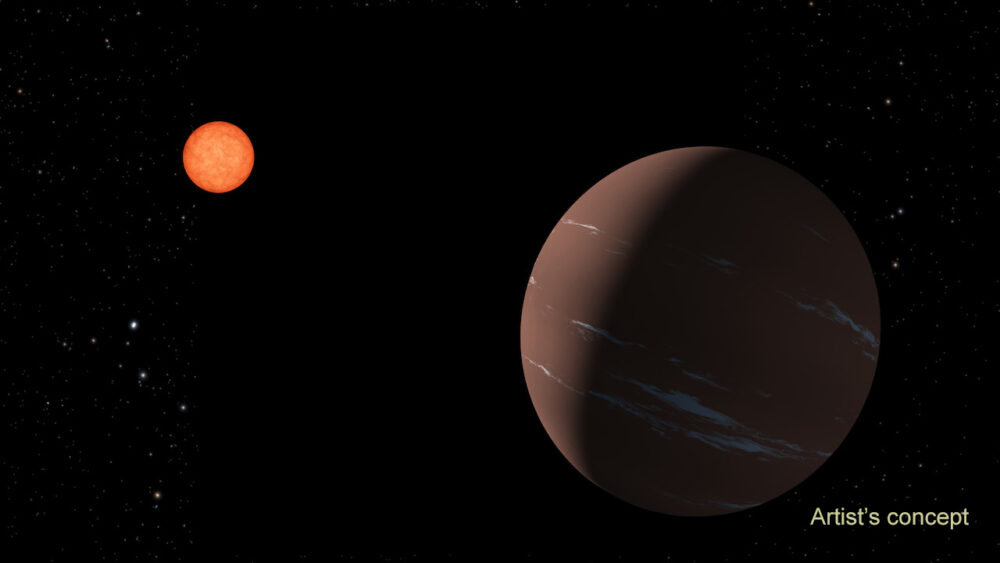You can send your name into space on NASA’s mission to Jupiter’s moon Europa
In October 2024, NASA’s Europa Clipper will begin its journey to Jupiter’s largest moon. And you can be part of this exciting mission: As part of NASA’s “Message in a Bottle” campaign, you can add your name to a silicon microchip that will rocket into outer space with the spacecraft.
It is free to add your name to the Message in a Bottle, but you have to do it by the deadline of 11:59 p.m. EST on Dec. 31. Go to NASA’s Message in a Bottle website to enter your name, and then you can download personalized artwork commemorating your upcoming virtual journey through the stars.
As of the writing of this article, over 753,000 signatures have been added to Europa’s mission, and the names have come from all over the globe.
Created by technicians in the Microdevices Laboratory at NASA’s Jet Propulsion Laboratory, the silicon microchip carrying the names will be stenciled by an electron beam and the text will be smaller than 1/1,000th the width of a human hair. It will then be attached to the spacecraft.
NASA’s Jet Propulsion Laboratory shared a one-minute video explaining the technology behind these silicon microchips on their YouTube channel. You can watch it below:
After the microchips are created, they will then be installed on an engraved metal plate featuring a poem written by U.S. Poet Laureate Ada Limón.
Limón wrote the poem “In Praise of Mystery: A Poem for Europa” in honor of Europa Clipper’s mission, which will determine if there are places below the surface of the moon that can support life. The spacecraft will gather measurements while flying as low as 15 miles above its surface to explore the nature of the ice shell and ocean on Europa, along with its composition and geology. It will travel 1.8 billion miles and reach Jupiter’s moon in 2030.
The engraved poem is written in Limón’s own handwriting (it took her 19 tries to be happy with her penmanship). In an interview with NPR’s Nina Kravinsky, Limón described how she got involved with the project.
“When NASA contacted me and asked me if I would write an original poem, I immediately got really excited and said yes. And then we hung up the call and I thought, ‘How am I going to do that?'” the poet told NPR. “The way I finally entered the poem was to point back to the earth. The outreaching that the poem was doing was just as important as pointing back to the beauty and power and urgency of our own planet.”
You can listen to Limón read her poem when you add your name!


